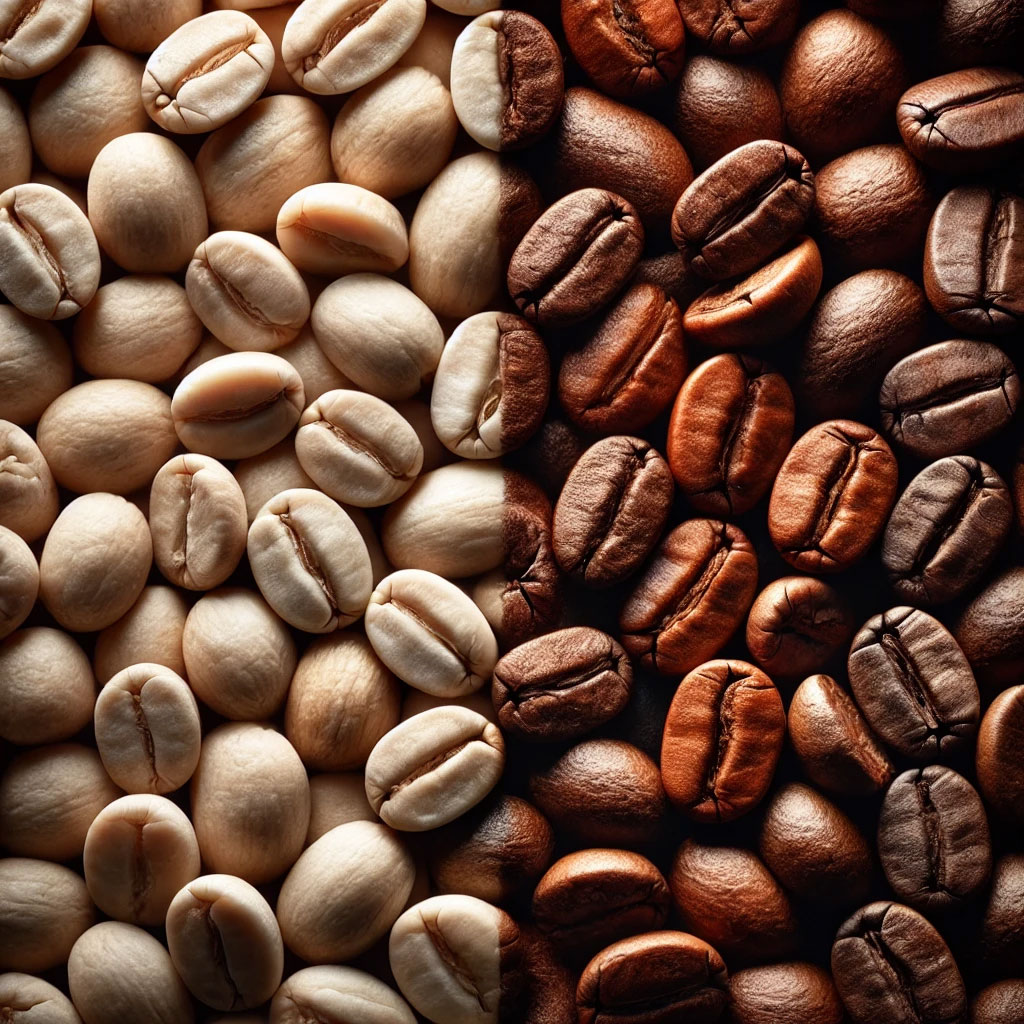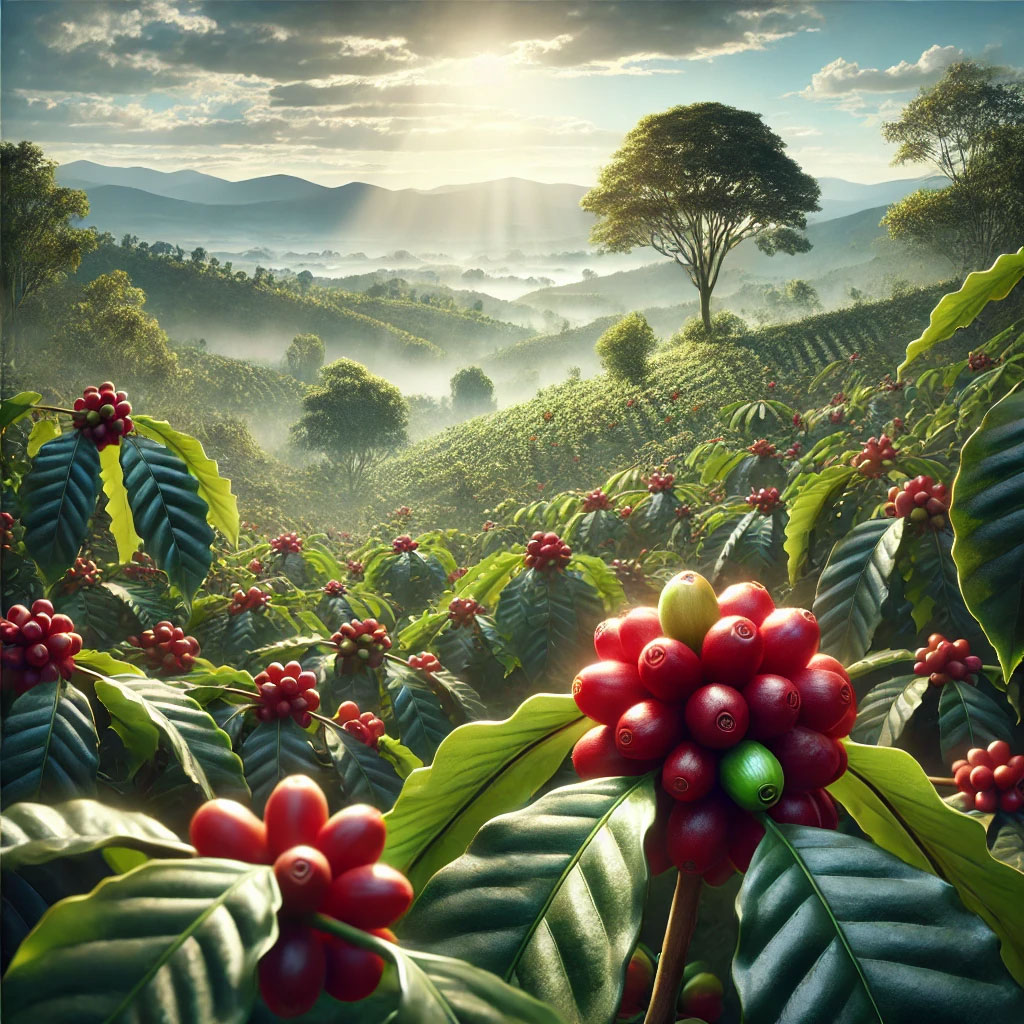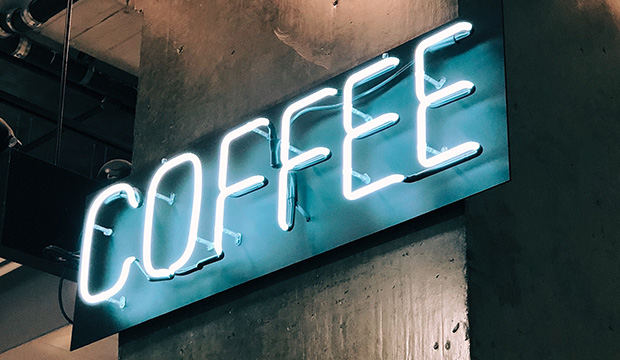
Unavailable Article No. 1603
Aroma(s) : Nutty, Floral
Article No. 1603

Unavailable Article No. 1594
Aroma(s) : Chocolaty, Fruity
Article No. 1594

Unavailable Article No. 1635
Aroma(s) : Malty, Floral
Article No. 1635

Unavailable Article No. 1634
Aroma(s) : Chocolaty, Malty
Article No. 1634

Unavailable Article No. 1895
Aroma(s) : Malty, Fruity
Article No. 1895

Unavailable Article No. 1697
Aroma(s) : Nutty, Malty
Article No. 1697

Unavailable Article No. 1692
Aroma(s) : Chocolaty, Nutty
Article No. 1692

Unavailable Article No. 1713
Aroma(s) : Chocolaty, Fruity
Article No. 1713

Unavailable Article No. 1698
Aroma(s) : Nutty, Malty
Article No. 1698

Unavailable Article No. 1712
Aroma(s) : Chocolaty, Fruity
Article No. 1712

Unavailable Article No. 1715
Aroma(s) : Floral, Fruity
Article No. 1715

Unavailable Article No. 1733
Aroma(s) : Nutty, Floral
Article No. 1733

Unavailable Article No. 10117
Aroma(s) : Chocolaty, Nutty
Article No. 10117

Unavailable Article No. 4236
Article No. 4236

Unavailable Article No. 1756
Aroma(s) : Chocolaty, Fruity
Article No. 1756

Unavailable Article No. 1760
Aroma(s) : Malty, Fruity
Article No. 1760

Unavailable Article No. 1762
Aroma(s) : Chocolaty, Fruity
Article No. 1762

Unavailable Article No. 1804
Aroma(s) : Nutty, Malty
Article No. 1804

Unavailable Article No. 1775
Aroma(s) : Chocolaty
Article No. 1775

Unavailable Article No. 1793
Aroma(s) : Fruity
Article No. 1793

Unavailable Article No. 1795
Aroma(s) : Nutty, Fruity
Article No. 1795

Unavailable Article No. 1796
Aroma(s) : Chocolaty, Fruity
Article No. 1796

Unavailable Article No. 1851
Aroma(s) : Nutty, Floral
Article No. 1851

Unavailable Article No. 1178a
Aroma(s) : Chocolaty, Fruity
Article No. 1178a

Unavailable Article No. 1858
Article No. 1858

Unavailable Article No. 1859
Article No. 1859

Unavailable Article No. 1860
Article No. 1860

Unavailable Article No. 1934
Aroma(s) : Chocolaty, Floral
Article No. 1934

Unavailable Article No. 1930
Aroma(s) : Chocolaty, Malty
Article No. 1930

Unavailable Article No. 1931
Aroma(s) : Chocolaty, Fruity
Article No. 1931

Unavailable Article No. 1932
Aroma(s) : Malty
Article No. 1932

Unavailable Article No. 1933
Aroma(s) : Fruity
Article No. 1933

Unavailable Article No. 1943
Aroma(s) : Chocolaty, Nutty
Article No. 1943

Unavailable Article No. 1950
Aroma(s) : Nutty, Malty
Article No. 1950

Unavailable Article No. 1960
Aroma(s) : Chocolaty, Fruity
Article No. 1960
How to Choose the Perfect Coffee Beans: A Comprehensive Guide for Coffee Lovers
- Understanding Coffee Bean Types
- Coffee Growing Regions and Their Impact on Flavor
- Coffee Bean Processing Methods
- The Importance of Coffee Bean Freshness
- Roast Profiles: Finding Your Perfect Match
- Grinding Coffee Beans: The Essential Guide
- Ethical Considerations in Coffee Buying
- Specialty Coffee: What to Look For
- FAQs: Answering Your Coffee Bean Questions
 Understanding Coffee Bean Types
Understanding Coffee Bean Types
Arabica vs. Robusta: Key Differences
Arabica and Robusta are the two main types of coffee beans, each with distinct characteristics. Arabica beans are known for their smooth, complex flavors and lower caffeine content. They typically have a sweet, fruity, or floral aroma and are favored by coffee connoisseurs. In contrast, Robusta beans are stronger, with a more bitter and earthy flavor profile, and higher caffeine content. They are often used in espresso blends to add depth and crema.
Specialty vs. Commercial Coffee
Specialty coffee is distinguished by its high quality, traceability, and adherence to rigorous production standards. These beans are often graded on a 100-point scale, with scores above 80 considered specialty grade. Commercial coffee, on the other hand, is mass-produced and typically lacks the nuanced flavors and ethical sourcing practices of specialty coffee.
Coffee Growing Regions and Their Impact on Flavor
Africa
African coffees, particularly those from Ethiopia and Kenya, are known for their bright acidity, floral notes, and complex fruit flavors. Ethiopian coffees often feature citrus and berry flavors, while Kenyan beans are renowned for their bold, wine-like characteristics.
South America
South American countries like Brazil and Colombia produce coffee with balanced flavor profiles. Brazilian coffees are typically nutty and chocolatey with low acidity, making them ideal for espresso. Colombian beans are known for their smooth, mild flavor with hints of caramel and red fruits.
Asia
Asian coffee-growing regions, such as Sumatra and Java in Indonesia, are famous for producing beans with earthy, spicy, and sometimes smoky flavors. These beans often have a fuller body and lower acidity, appealing to those who prefer a robust, rich cup of coffee.
Coffee Bean Processing Methods
Washed Process
The washed process involves removing the cherry’s pulp before the beans are dried. This method results in a cleaner, brighter flavor profile, emphasizing the bean's natural acidity and clarity.
Natural Process
In the natural process, the coffee cherries are dried with the fruit still intact, imparting more sweetness and fruitiness to the beans. This method often produces coffee with a heavier body and a more complex flavor profile.
Honey Process
The honey process is a hybrid of the washed and natural methods. Some of the fruit pulp is left on the beans during drying, resulting in a balanced flavor with both sweetness and acidity.
The Importance of Coffee Bean Freshness
Roast Date vs. Expiration Date
When purchasing coffee beans, always check the roast date rather than the expiration date. Coffee beans are at their peak flavor within 2 to 4 weeks of roasting. An expiration date often reflects a longer shelf life, during which the beans may lose their freshness and flavor.
How to Store Coffee Beans
Proper storage is crucial for maintaining the freshness of your coffee beans. Store them in an airtight container in a cool, dark place. Avoid refrigeration or freezing, as moisture can affect the beans' quality.
 Roast Profiles: Finding Your Perfect Match
Roast Profiles: Finding Your Perfect Match
Light, Medium, and Dark Roasts
Light roasts preserve most of the bean's original flavors, offering bright acidity and fruity or floral notes. Medium roasts provide a balanced flavor with a slight sweetness and more body. Dark roasts have a bolder, richer taste with a pronounced bitterness and lower acidity.
Impact on Flavor and Aroma
The roast level significantly impacts the coffee’s flavor and aroma. Light roasts are ideal for those who appreciate nuanced flavors, while dark roasts are preferred by those who enjoy a strong, smoky taste.
Grinding Coffee Beans: The Essential Guide
Choosing the Right Grind Size
The grind size affects the extraction rate and flavor of your coffee. A coarse grind is suitable for French press or cold brew, while a fine grind is necessary for espresso. Adjusting the grind size allows you to customize the strength and flavor of your coffee.
Burr Grinders vs. Blade Grinders
Burr grinders are recommended for their consistency in producing uniform grind sizes, which is essential for optimal extraction. Blade grinders, while more affordable, can result in uneven grinds, leading to inconsistent flavors.
Ethical Considerations in Coffee Buying
 Fair Trade Coffee
Fair Trade Coffee
Fair Trade certification ensures that coffee farmers receive fair compensation for their work, promoting sustainable farming practices and improving living conditions in coffee-growing communities.
Organic Coffee
Organic coffee is grown without synthetic pesticides or fertilizers, offering a healthier option for both consumers and the environment. Look for the organic certification on coffee packaging to ensure you’re buying genuinely organic products.
Direct Trade
Direct Trade involves purchasing coffee directly from farmers, bypassing intermediaries. This approach often results in higher quality coffee and better prices for farmers, fostering a more sustainable coffee industry.
Specialty Coffee: What to Look For
Third Wave Coffee Movement
The Third Wave Coffee Movement emphasizes the artisanal production of coffee, treating it as a craft beverage rather than a commodity. Look for cafes and roasters that highlight transparency in sourcing, high-quality beans, and precise brewing methods.
Single-Origin vs. Blends
Single-origin coffees come from a specific region, farm, or even a single lot, offering unique flavor profiles. Blends combine beans from different regions to create a balanced and consistent flavor. Both have their merits, depending on your taste preferences.
FAQs: Answering Your Coffee Bean Questions
How do I know if coffee beans are fresh?
Fresh coffee beans should have a strong, pleasant aroma and a shiny, oily surface. If the beans appear dull and lack fragrance, they may be past their prime.
What’s the best way to store coffee beans?
Store coffee beans in an airtight container in a cool, dark place. Avoid refrigeration, as the temperature fluctuations can introduce moisture, leading to stale coffee.




 Understanding Coffee Bean Types
Understanding Coffee Bean Types Roast Profiles: Finding Your Perfect Match
Roast Profiles: Finding Your Perfect Match Fair Trade Coffee
Fair Trade Coffee